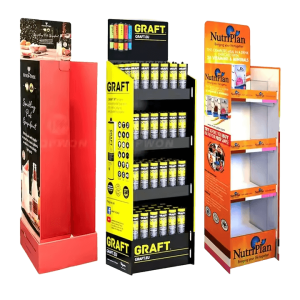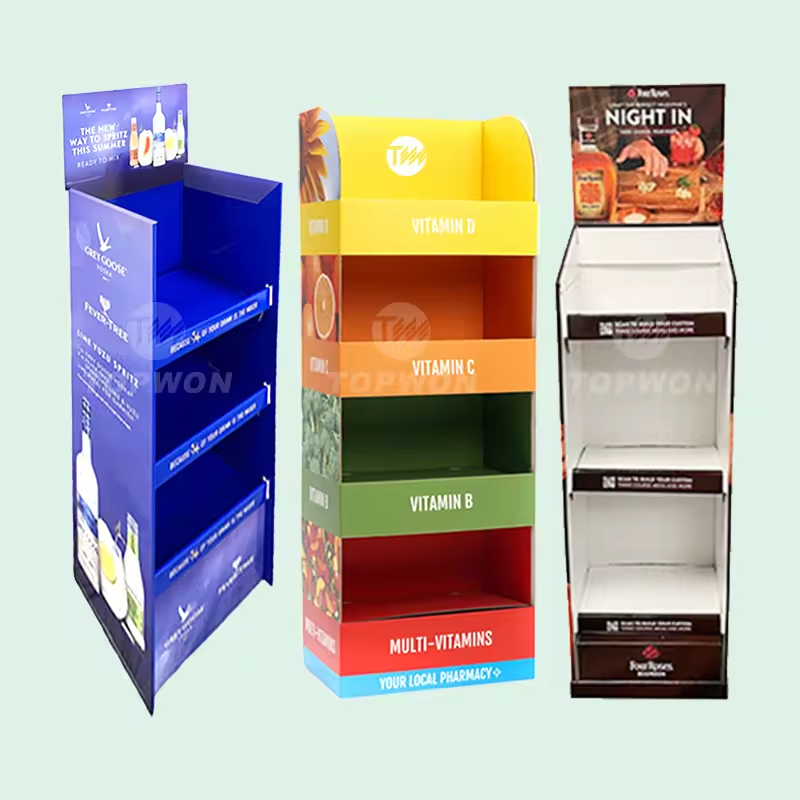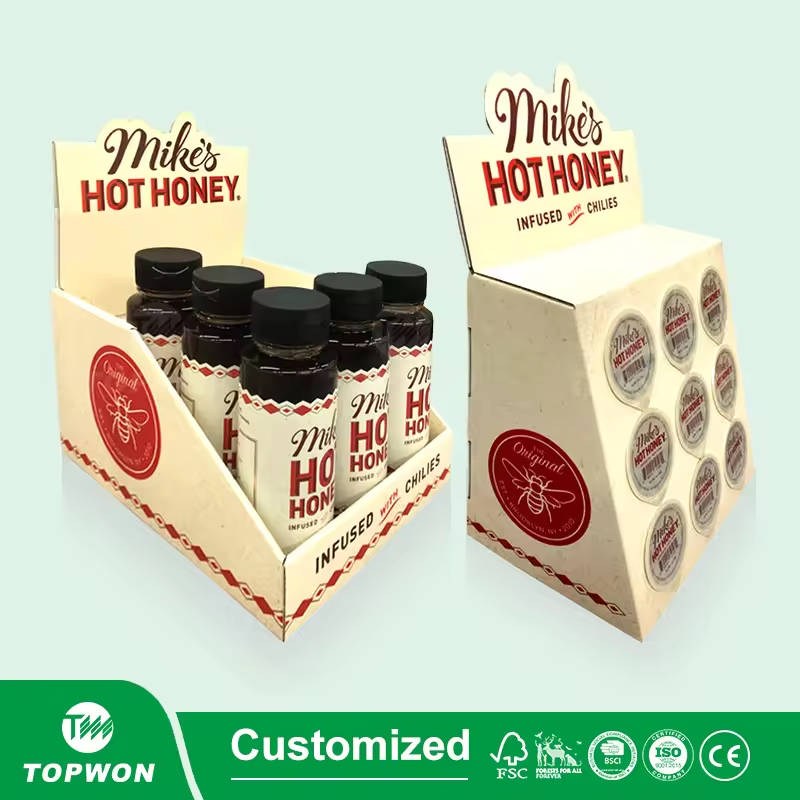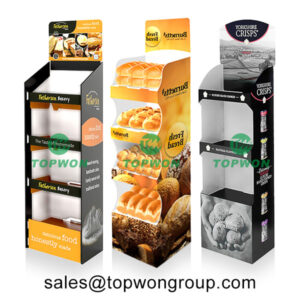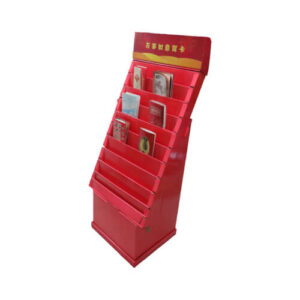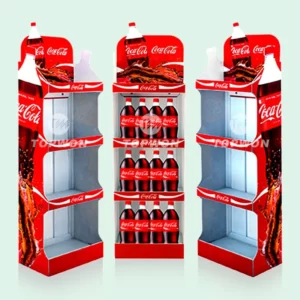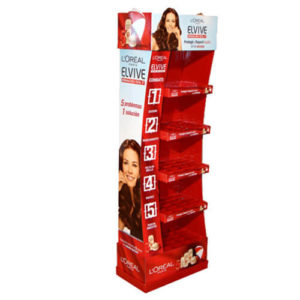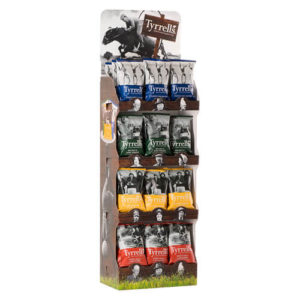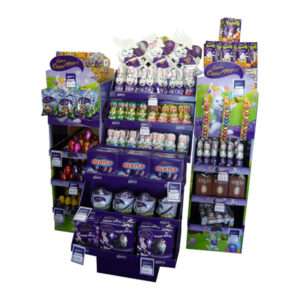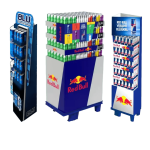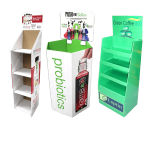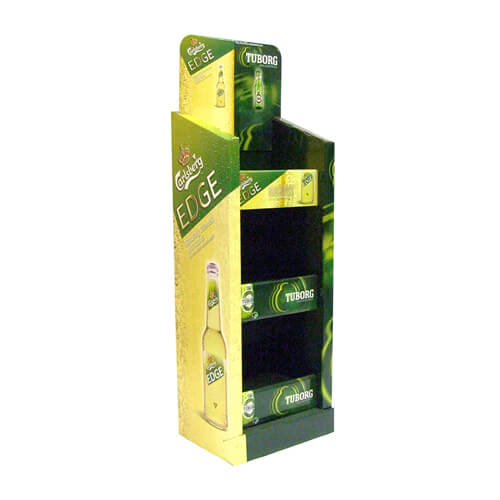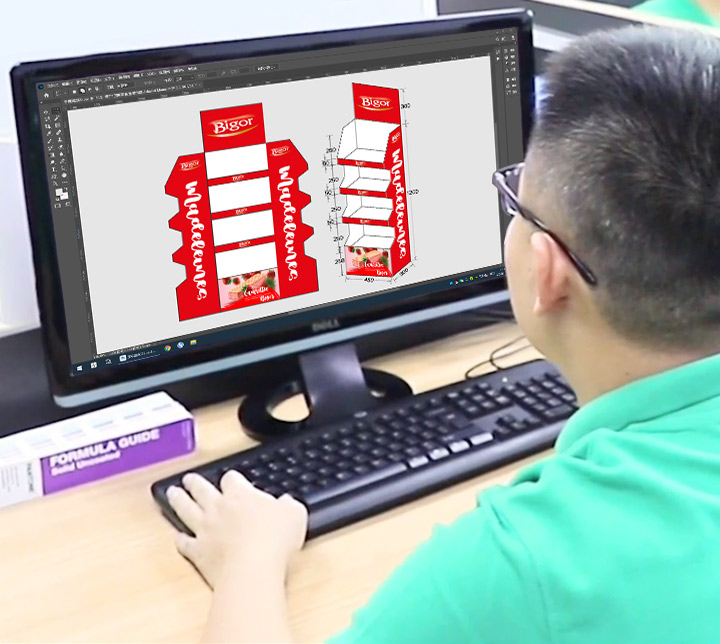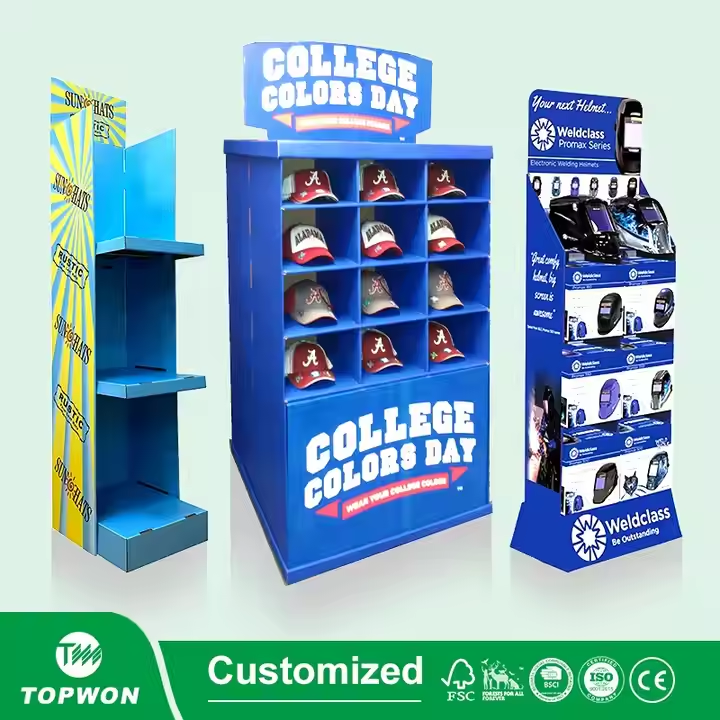Management of beverage display in stores
By Shenzhen Topwon Group Co.,Ltd
Jun 07, 2025
As a supermarket operator, the daily product group (dairy products, refrigerated beverages, yogurt, soy products, refrigerated deli, butter cheese, eggs, etc.) is the store’s high-frequency and rigidly demanded categories, and it is also the key area of loss control. Points for fine management of beverage display and daily product group display in stores:
The detailed management of daily merchandise display is especially important, and these basic tasks are also necessary to ensure the performance of the daily distribution team. In recent years, the sales contribution rate of the day with the group has been gradually increased, the management of the store needs to pay enough attention to these tasks and resolutely implement them.
I. Temperature management is the key management of beverage display in stores
(1) strict implementation of the cold chain:
Receiving:
Immediately measure the temperature (refrigerated 0-4°C, frozen ≤ -18°C), check the temperature records of transportation vehicles, and refuse to accept over-temperature goods.
In storage/display:
freezer temperature, ensure that the temperature of all open freezers, vertical air curtain cabinets and horizontal island cabinets is stable and up to standard (0-4°C). Check and record the temperature several times a day, and install temperature alarm devices.
Commodities do not “cross the border”:
Commodities are absolutely not allowed to exceed the “loading line” of the refrigerator (usually clearly marked), and it is strictly prohibited to stack high and block the air outlet or air return.
Avoidance of “hot and cold” interference:
the display area should be kept away from heat sources (baking area, hot deli cabinets, hot air at the entrances and exits) and direct sunlight should be avoided on the glass of the cooler.
Behavioral guidance for customers:
Set up clear reminders next to the freezers: “Do not open the door for a long time”, “Please close the door with your hand”.
(2)Management of beverage display in stores – Equipment guarantee
Regular maintenance of freezers (condenser cleaning, door seal inspection, frost cycle setting) to ensure refrigeration efficiency. Backup generator or emergency program to cope with power outage (daily distribution commodities are extremely sensitive to power outage).
Freshness Management & First In First Out (FIFO)
1) Clear labeling:
Date of Production / Shelf Life Labeling:
All items (especially bulk/weighed items) must have clear, easy-to-read date of production and shelf life labels with the front facing the customer.
Shelf Labeling:
Price tags can be labeled with a “best before” notice (especially for short shelf life products).
2) Strict FIFO operation:
Loading rules:
new arrivals must be placed in the back row/lower level, old goods moved to the front row/upper level. Employees need to be strictly trained to implement.
Turnover monitoring:
for goods approaching the shelf life (eg, 1/3 of the time before expiration) set up a systematic warning or physical signs (such as different color price tags), priority display and promotion.
Daily Inspection:
Designated staff (such as morning shift supervisor) to check the date of all the daily allocation of goods before the opening of the day, and timely shelving of expiration date products.
Third, scientific and reasonable display layout
(1) Category correlation display:
Scenario combination:
Breakfast area: milk + yogurt + bread + cheese + jam (can be adjacent to the baking area).
Cooking area: butter + cream + eggs + refrigerated vegetables.
Ready-to-eat zone:
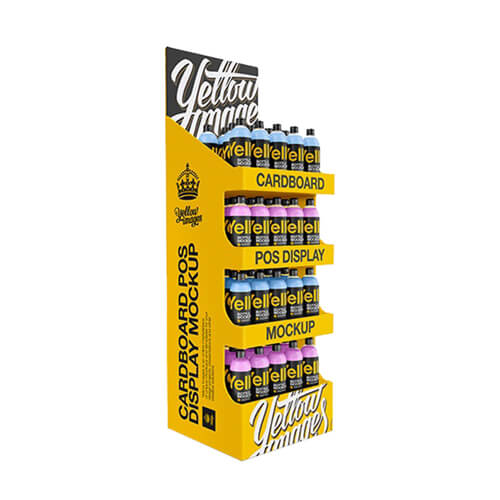
chilled deli + salads + sandwiches + ready-to-drink beverages.
Complementary products adjacent to:
such as yogurt and cereal, soy milk and coffee, cheese and wine (if any).
2) Based on commodity characteristics and turnover:
High turnover, big brands, basic products (e.g. plain milk, basic yogurt):
display them next to the main aisle, at eye level (prime shelf) for quick access.
High-margin, new products, specialties (e.g. high-end organic milk, flavored fermented milk, imported cheese):
display on the prime shelf (at eye level) or on the end shelves, with eye-catching POP (promotional posters).
Heavy/bulky items (e.g. family packs of milk, full cartons of beverages):
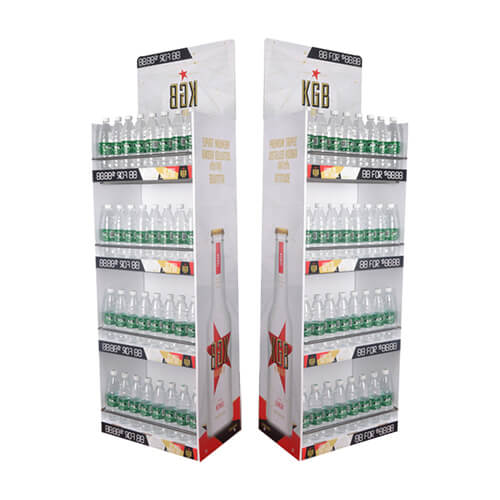
placed on the bottom shelf for easy access and safety.
Fragile/perishable goods (e.g. eggs in cartons, milk in glass bottles): Display on the upper and middle floors to avoid collision with the lower floors;
the egg area should have shock-proof design and reminders.
3) Vertical display & avoid mixing:
Goods of the same brand, category and specification must be displayed vertically (in a line from top to bottom) to facilitate customers’ comparison and search.
Strong odor segregation:
such as refrigerated cooked food (lo mei), fermented soy products (stinky tofu), etc. need to be separated from dairy products, butter, etc., or display with a separate air locker to prevent crosstalk.
Fourth, fullness and aesthetics
(1) Volume display:
Keep the shelves full and neat (especially before the morning and evening peaks), to convey a sense of “freshness, adequacy”. However, it is strictly prohibited for the pursuit of fullness and blocking the air-conditioning cycle.
The use of false bottom or ladder display props, so that the front row of goods look more full (the actual inventory is reasonable).
(2) Cleanliness and aesthetics:
Cleaning at any time: Water stains, fingerprints, and stains on the glass, shelves, and merchandise packaging of the refrigerator need to be wiped instantly (at least 3 times a day after peak cleaning).
Consistent orientation of packaging: All merchandise trademarks are facing customers, with the edges aligned.
Related Products
-
4-tier Supermarket Hot Selling Drinks Display Rack – IBW21327
-
A five foot high cardboard display – SCD13763
-
beverage counter cardboard display box – SCD13547
-
cardboard bread display – SCD15814
-
Cardboard Card Floor Displays IB-005
-
Cardboard coca cola bottle display stand – CBD14498
-
Cardboard Cosmetic Product Displays – IC1560
-
Cardboard Display Shelves for Dog Food – IP1671
-
Cardboard easter rabbits display HE-004
Trusted by These Featured Clients


